Increasing Healthcare Investments
The platelet agitator market in China is experiencing a notable boost due to increasing investments in healthcare infrastructure. The Chinese government has been allocating substantial funds to enhance medical facilities, which includes the procurement of advanced medical equipment. In 2025, healthcare expenditure is projected to reach approximately $1 trillion, reflecting a growth rate of around 10% annually. This surge in funding is likely to facilitate the acquisition of platelet agitators, as hospitals and blood banks seek to improve their operational efficiency and patient care. Furthermore, the emphasis on modernizing healthcare systems aligns with the growing need for effective blood management solutions, thereby driving demand within the platelet agitator market. As a result, manufacturers may find a favorable environment for innovation and expansion in this sector.
Regulatory Framework Enhancements
The regulatory landscape surrounding blood products in China is evolving, which is likely to influence the platelet agitator market. Recent enhancements in regulations aim to improve the safety and quality of blood processing and storage. Compliance with these regulations often requires the adoption of advanced technologies, including platelet agitators that meet specific performance standards. As regulatory bodies enforce stricter guidelines, healthcare facilities will need to invest in compliant equipment to avoid penalties and ensure patient safety. This trend suggests a potential increase in demand for high-quality platelet agitators, as facilities strive to align with the new regulatory requirements.
Growing Awareness of Blood Donation
There is a growing awareness of the importance of blood donation in China, which is positively impacting the platelet agitator market. Campaigns aimed at educating the public about the need for blood donations are gaining traction, leading to an increase in donor participation. In 2025, it is estimated that blood donation rates could rise by 20%, resulting in a higher volume of collected blood products. This increase necessitates the use of efficient platelet agitators to ensure the proper handling and storage of donated blood. As blood banks and hospitals respond to this surge in donations, the demand for platelet agitators is expected to rise, further propelling market growth.
Rising Incidence of Blood Disorders
The prevalence of blood disorders in China is contributing significantly to the growth of the platelet agitator market. Conditions such as hemophilia, thalassemia, and various anemias are becoming increasingly common, necessitating the need for efficient blood processing and storage solutions. According to recent health statistics, approximately 1 in 1,000 individuals in China is affected by hemophilia, indicating a substantial patient population requiring regular blood transfusions. This rising incidence is likely to drive the demand for platelet agitators, as healthcare providers aim to ensure the quality and safety of blood products. Consequently, the platelet agitator market is poised for growth as hospitals and blood banks invest in advanced technologies to meet the needs of patients with blood disorders.
Technological Innovations in Blood Processing
Technological advancements in blood processing are playing a crucial role in shaping the platelet agitator market. Innovations such as automated systems and real-time monitoring capabilities are enhancing the efficiency and reliability of platelet storage and agitation. In 2025, the market for automated blood processing equipment is expected to grow by approximately 15%, driven by the need for improved accuracy and reduced human error. These advancements not only streamline operations but also ensure compliance with stringent safety regulations. As healthcare facilities in China increasingly adopt these technologies, the platelet agitator market is likely to benefit from heightened demand for sophisticated equipment that meets modern healthcare standards.


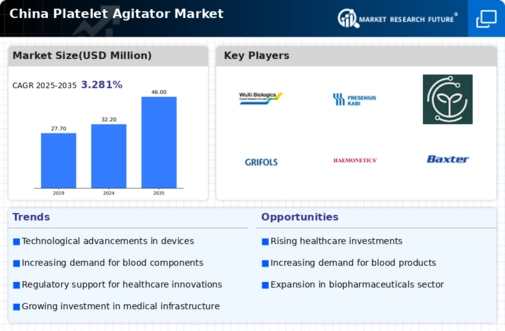
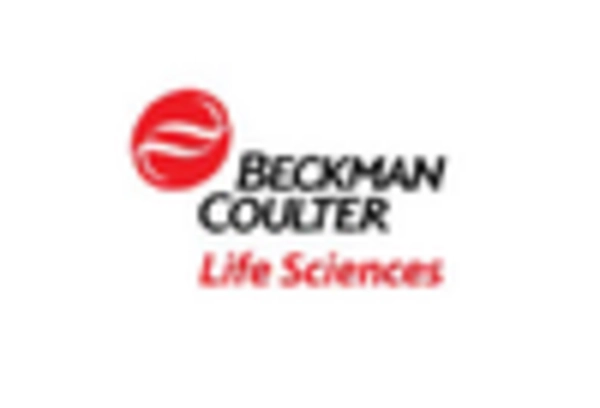
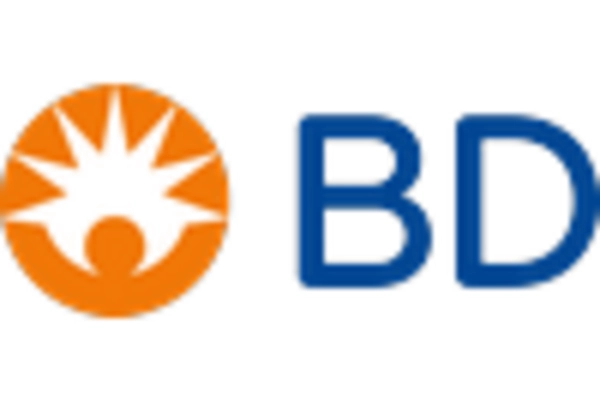
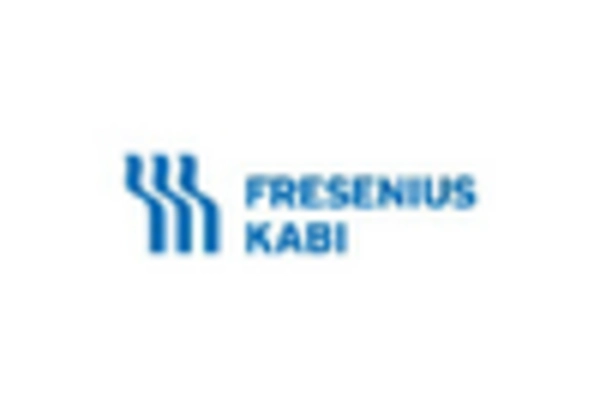
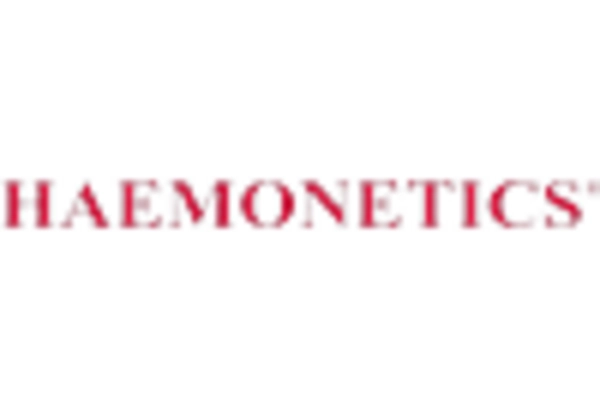










Leave a Comment